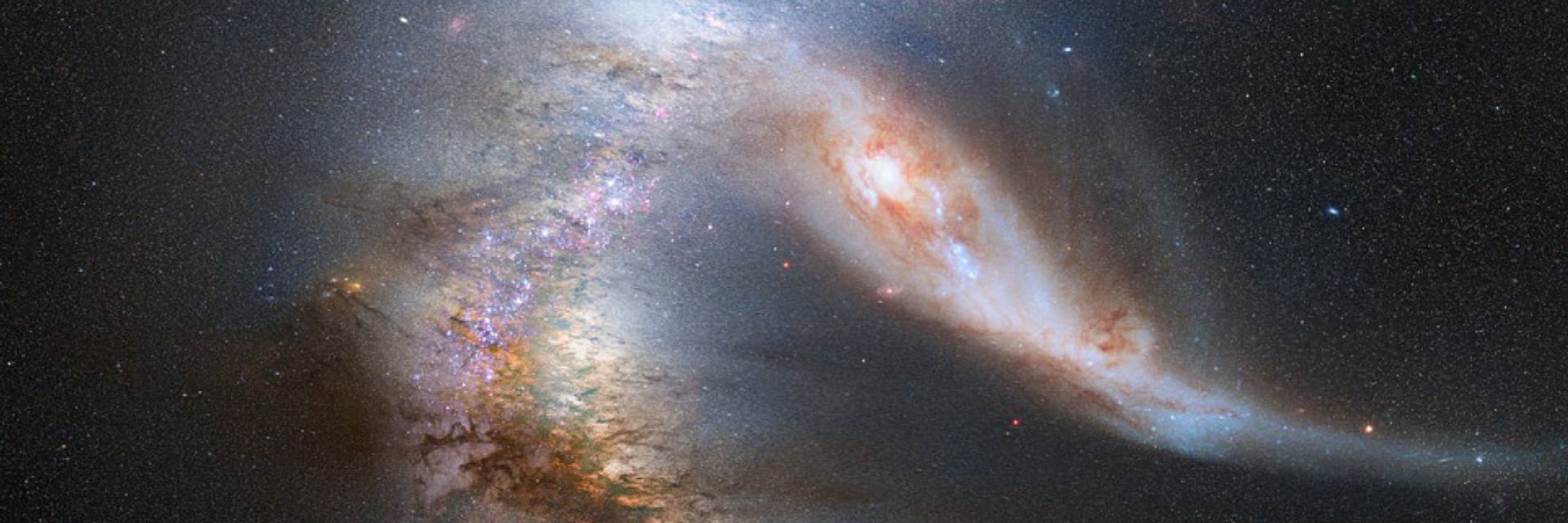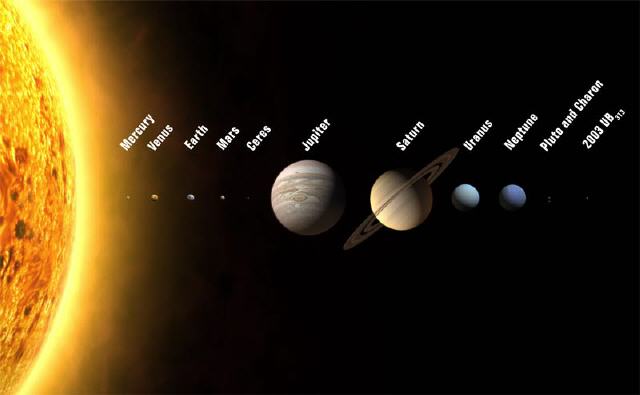Astronomy
Kälteste Stelle der Erde
The Coldest Place on Earth
From: noreply@nasascience.org
To: snglist@nasascience2.org
Subject: The Coldest Place on Earth
Date: Tue, 10 Dec 2013 03:09:56 -0500
NASA Science News for Dec. 10, 2013 Earth-orbiting satellites have found the coldest place on Earth. It's a group of hollows in Antarctica where temperatures can dip below minus 133.6 degrees Fahrenheit (minus 92 degrees Celsius) on a clear winter night.
FULL STORY: http://science.nasa.gov/science-news/science-at-nasa/2013/09dec_coldspot/
Wasser auf Planetoid
Water Detected on Dwarf Planet Ceres
From: noreply@nasascience.org
To: snglist@nasascience2.org
Subject: Water Detected on Dwarf Planet Ceres
Date: Wed, 22 Jan 2014 17:11:19 -0500
NASA Science News for Jan. 22, 2014 Scientists using the Herschel space observatory have made the first definitive detection of water vapor on the largest and roundest object in the asteroid belt, dwarf planet Ceres.
FULL STORY: http://science.nasa.gov/science-news/science-at-nasa/2014/22jan_ceres/
Ozean auf Enceladus
Will Ocean Discovery On Enceladus Spur Life-Hunting Missions to Icy Moons of Saturn, Jupiter?
Astronomers are hoping that the discovery of a subsurface ocean on Saturn's icy moon Enceladus will build momentum for life-hunting missions to the outer solar system.
http://www.space.com/25348-enceladus-ocean-europa-life-hunting-missions.html?cmpid=557141
Researchers announced their discovery of the deep watery ocean on Enceladus on Thursday (April 3) in the journal Science, confirming suspicions held by many scientists since 2005, when NASA's Cassini spacecraft spied geysers of ice and water vapor erupting from Enceladus' south pole.
The discovery vaults Enceladus into the top tier of life-hosting candidates along with Europa, an ice-sheathed moon of Jupiter that also hosts a subterranean ocean. Both frigid satellites bear much closer investigation, researchers say. [6 Most Likely Places for Alien Life in the Solar System]
Neuer Zwergplanet im Sonnensystem
New Dwarf Planet Found at Solar System's Edge, Hints at Possible Faraway 'Planet X'
By Mike Wall, Senior Writer | March 26, 2014 02:00pm ET
http://www.space.com/25218-dwarf-planet-discovery-solar-system-edge.html?cmpid=556790
Astronomers have found a new dwarf planet far beyond Pluto's orbit, suggesting that this distant realm contains millions of undiscovered objects — including, perhaps, a world larger than Earth.
The newfound celestial body, called 2012 VP113, joins the dwarf planet Sedna as a confirmed resident of a far-flung and largely unexplored region scientists call the "inner Oort Cloud." Further, 2012 VP113 and Sedna may have been pulled into their long, looping orbits by a big planet lurking unseen in these frigid depths.
"These two objects are just the tip of the iceberg," study co-author Chadwick Trujillo, of the Gemini Observatory in Hawaii, told Space.com. "They exist in a part of the solar system that we used to think was pretty devoid of matter. It just goes to show how little we actually know about the solar system." [New Dwarf Planet Photos: Images of 2012 VP113]
Leben auf Mars
Mars Meteorite with Odd 'Tunnels' & 'Spheres' Revives Debate Over Ancient Martian Life
By Megan Gannon, News Editor | February 28, 2014 01:00am ET
http://www.space.com/24834-strange-mars-meteorite-life-evidence-debate.html?cmpid=556718
The discovery of tiny carbon-rich balls and tunnels inside a Martian meteorite has once again raised the possibility that the Red Planet was teeming with primitive life millions of years ago.
The meteorite, which fell to Earth during the Stone Age, contains microscopic burrows and spheres that resemble the marks microorganisms leave when they eat through rocks on Earth, scientists report in the journal Astrobiology this month. What's more, these features seem to have been pressed into the Mars rock before it was hurled off the Red Planet by an impact event, the researchers add.
The authors of the new research are not claiming they've found evidence of ancient life on Mars. In fact, nowhere in their paper do they use the word "life." (Their preferred term is "biotic activity.") But their findings revive the debate about the possibility of microbes in Mars' past and highlight how much information scientists can actually glean from Martian meteorites that end up on Earth. [The Search for Life on Mars (A Photo Timeline)]
Ausserirdische Planeten
Population of Known Alien Planets Nearly Doubles as NASA Discovers 715 New Worlds
By Mike Wall, Senior Writer | February 26, 2014 01:01pm ET
http://www.space.com/24824-alien-planets-population-doubles-nasa-kepler.html?cmpid=556717
View full size imageNASA's Kepler space telescope has discovered more than 700 new exoplanets, nearly doubling the current number of confirmed alien worlds.
The 715 newfound planets, which scientists announced today (Feb. 26), boost the total alien-world tally to between 1,500 and 1,800, depending on which of the five main extrasolar planet discovery catalogs is used. The Kepler mission is responsible for more than half of these finds, hauling in 961 exoplanets to date, with thousands more candidates awaiting confirmation by follow-up investigations.
"This is the largest windfall of planets — not exoplanet candidates, mind you, but actually validated exoplanets — that's ever been announced at one time," Douglas Hudgins, exoplanet exploration program scientist at NASA's Astrophysics Division in Washington, told reporters today. [Kepler's Exoplanet Bonanza Explained (Infographic)]
Entdeckung ausserirdischer Planeten 2014
The Biggest Alien Planet Discoveries of 2014
by Mike Wall, Space.com Senior Writer | December 29, 2014 07:33am ET
http://www.space.com/28111-biggest-alien-planet-discoveries-2014.html?cmpid=558751

